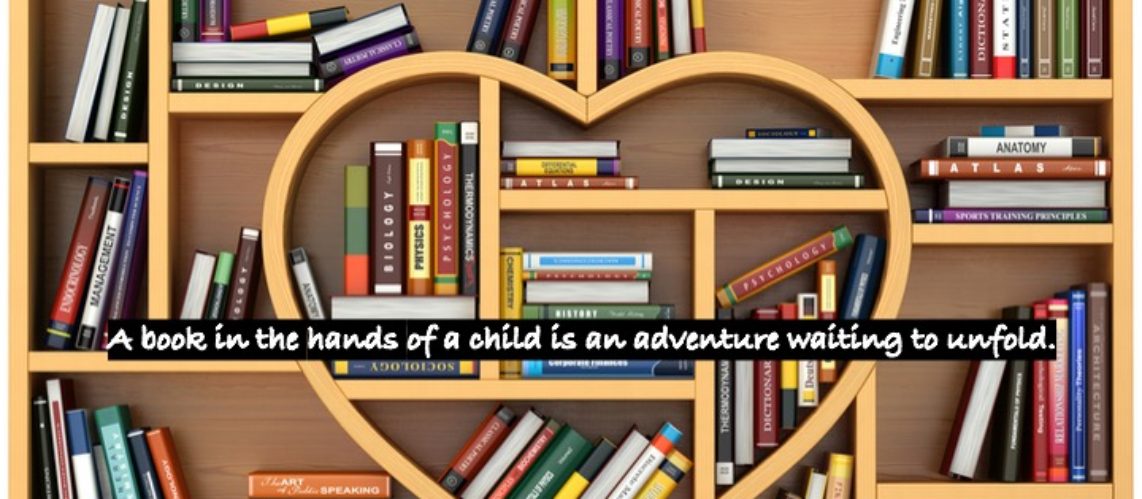“Having fun isn’t hard when you have a library card!”
― Marc Brown
Content Qualities Overview
| Genre: Realistic FIction |
| Interest Age Range: 4 – 8 |
| Optimal for Grades: K – 3 |
| Guided Reading Level: K |
| Questionable Content: (e.g. Profanity, Violence, Sex, Drugs) Not Present |
| Uplifting Messages: Self-acceptance, friendship, asking for help |
| Scariness: 0 |
Key
- 0 = virtually none
- 1 = very mild (some parts may be slightly frightening to the youngest readers
- 2 = some parts are frightening or distrubring to younger readers
- 3 = get ready to hide under the covers with a flashlight, the most sensitive children may want to skip this one
Summary
(What is this book about?)
In this book, Arthur finds himself unable to see the board or far away objects clearly, he tries asking friends to read the board to him for a while. Eventually, after several misadventures, he discovers to his consternation, that he needs glasses. His family is supportive, but he is anxious that his classmates will tease him about his new glasses. After a disastrous first day with the glasses, he tries to lose them, but they keep coming back. Finally, his friends adjust to the change and stop noticing the glasses after one of them wears goofy play glasses for class pictures.
Note to Parents
(Why is this a good read for my child?)
This title is excellent for young children learning not to be embarrassed by how they look and to adapt to changes in a positive way, as well as to treat others who are going through changes with kindness and understanding.
It speaks to the child needing to adjust to wearing glasses to school, and for those who must learn to accept others for who they are and not for outward appearances. Arthur’s Eyes does not avoid the reality that kids face the challenges of anxiety regarding peer acceptance, but it also teaches that these struggles are normal, and that even if their classmates tease them at first, they will soon forget the differences and adjust to the change. These changes might seem scary at first, but in time, true friends learn to look beyond outward appearance to the real person inside and value each other for who they are.
Adapting to change is a crucial skill for youngsters to master. Employing literature like Arthur’s Eyes eases the transition for children by giving them a character to connect with and relate to. For other children, it models the difference between an appropriate and not so appropriate reaction to the characteristics of fellow classmates. Don’t hesitate to add this title to your toolbox for teaching what self-acceptance, empathy, and real friendship look like!

Great news! This title is available in braille!
(i.e. the tactile reading and writing system for the blind; see the background image on the sides of this blog)
Seedlings: Braille Books for Children
